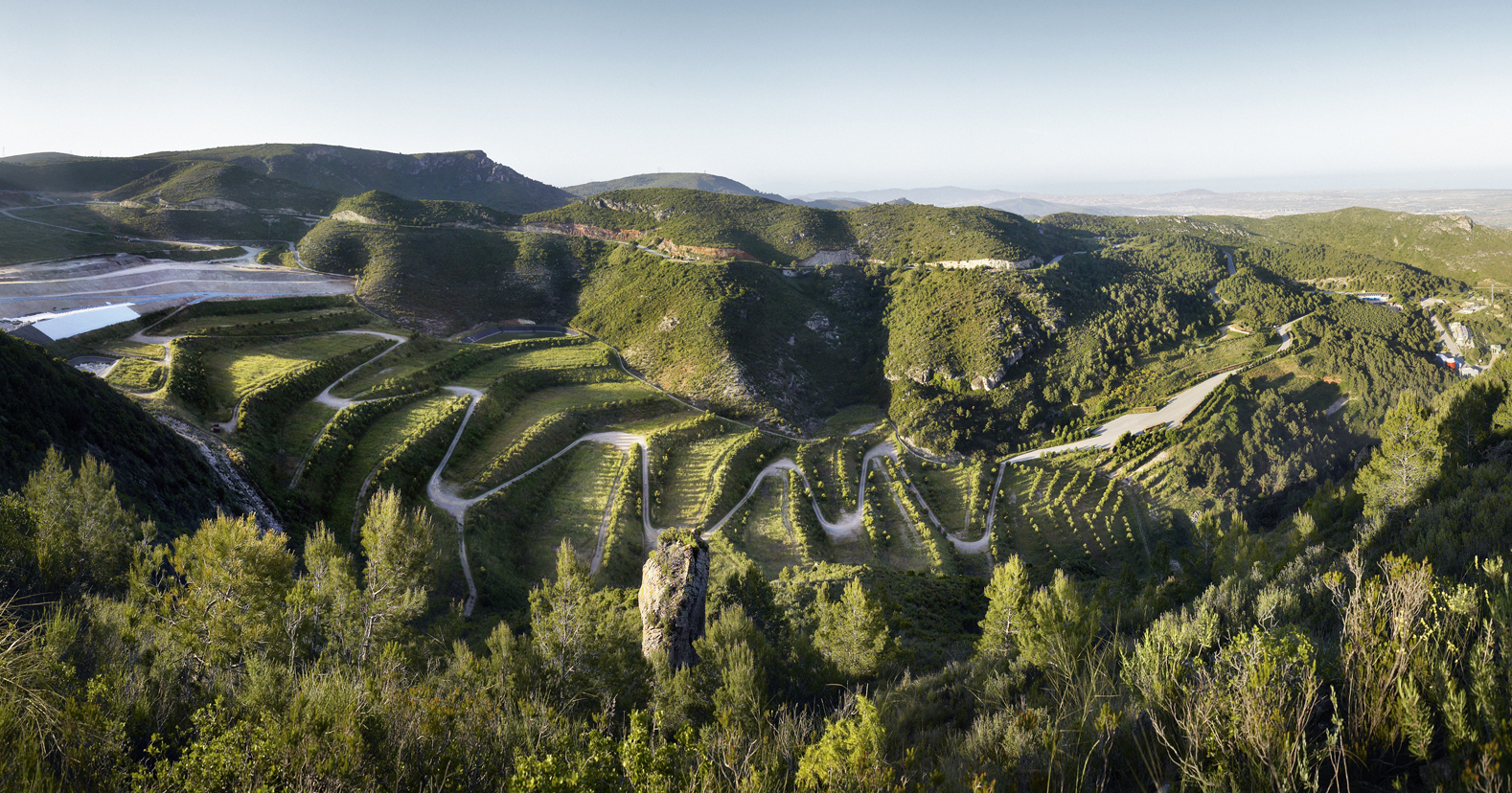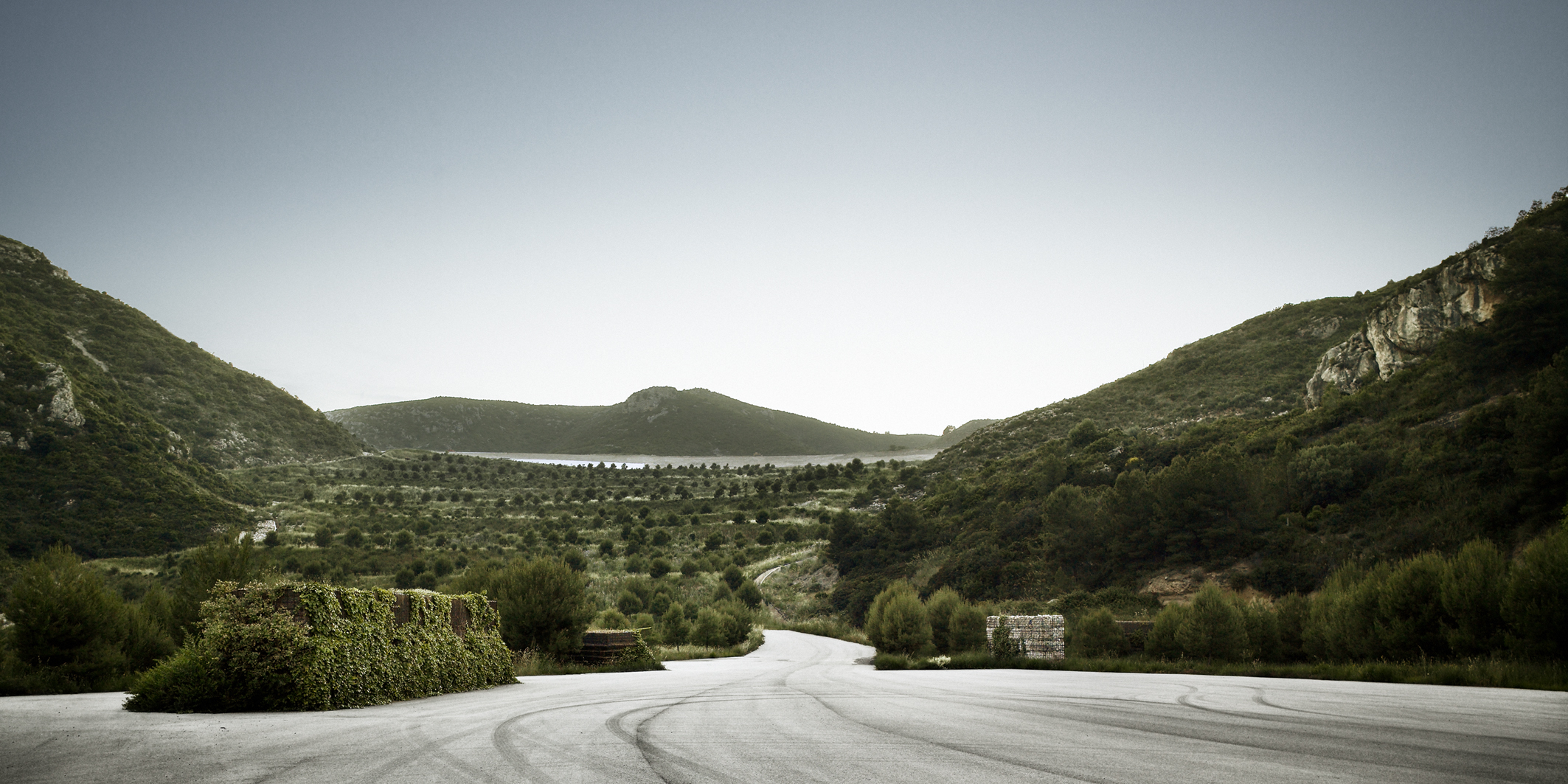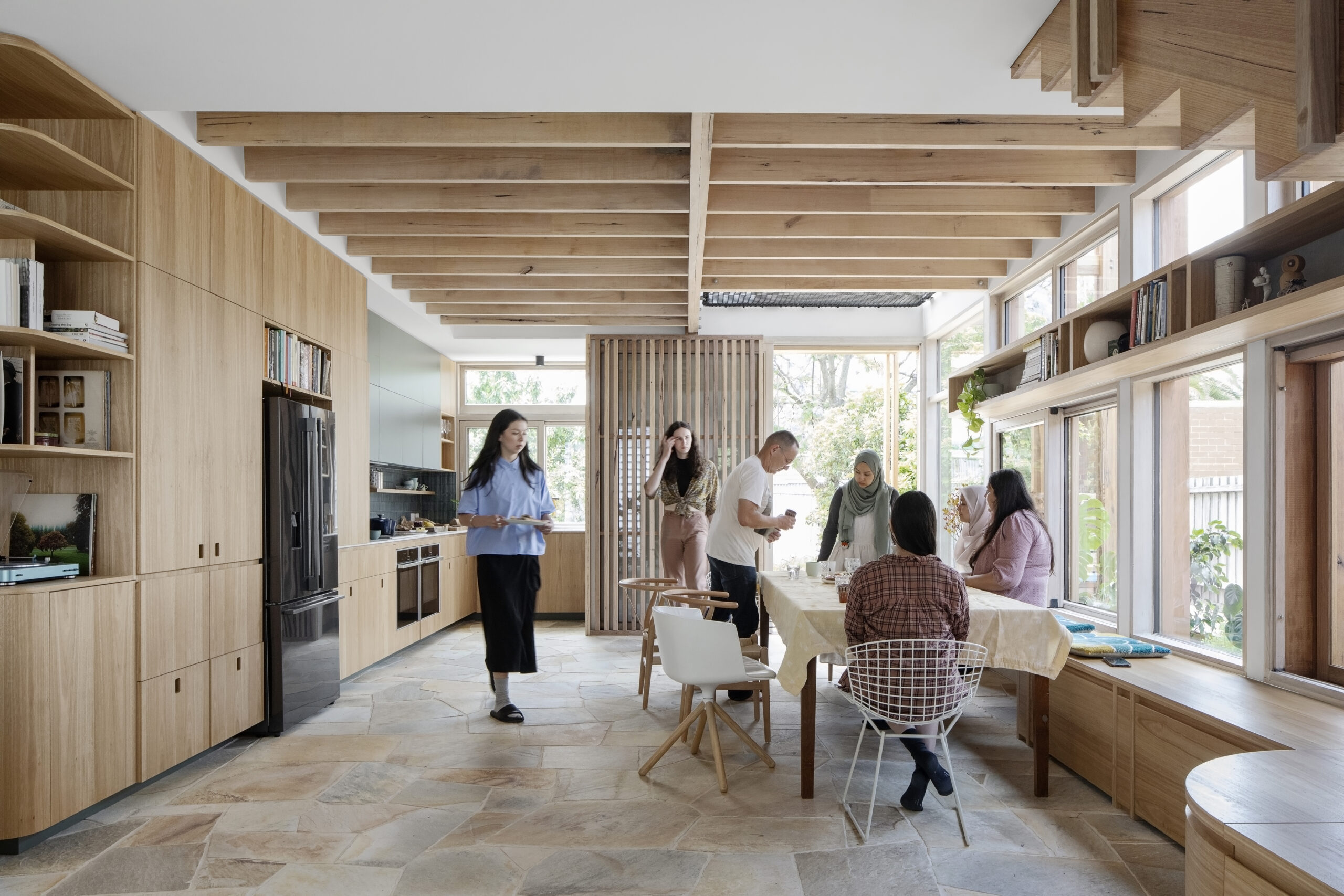Terraforming the Future: 6 Examples of Architects Literally Reshaping the Earth
Architecture can do more than shape the skyline; it can shape the ground beneath our feet, merging human needs with ecological stewardship. The post Terraforming the Future: 6 Examples of Architects Literally Reshaping the Earth appeared first on Journal.

Architects: Want to have your project featured? Showcase your work through Architizer and sign up for our inspirational newsletters.
“Nipple Mountains.”
This is the informal name for Shanghai’s Twin Hills project. After seven years in the making, the hill was finally completed in September 2024, turning the flat coastal, barren land — a remnant of a steel factory’s pollution — into a hiking destination. The two mountains, apart from being artificial landscapes, were also hollowed out, housing a carpark within their cavernous interior and acting as a true project of terraforming.
Terraforming in architecture refers to designs that move and re-configure the basic ground layer that makes up a region. It is most widely known as land-sculpting and is an increasingly alluring practice, since it creates environments that blend harmoniously with nature while maximizing space and avoiding urban sprawl. In fact, apart from its spatial benefits, landscape structures also offer thermal insulation and reduce the urban heat island effect. The following projects exemplify an architecture of terraforming, where the ground becomes an integral part of the design, blurring the line between where the building begins and the landscape ends.
Landscape restoration of the Vall d’en Joan landfill site
By Batlle i Roig Arquitectes, Garraf, Spain

 The project is situated in the Natural Park of Garraf, which was originally the destination for most of the urban waste produced by Barcelona and its metropolitan area. Before its restoration, the landfill was comprised of steep slopes filled with waste, while (ironically) was surrounded by a lush variety of vegetation found in the National Park in which it was set.
The project is situated in the Natural Park of Garraf, which was originally the destination for most of the urban waste produced by Barcelona and its metropolitan area. Before its restoration, the landfill was comprised of steep slopes filled with waste, while (ironically) was surrounded by a lush variety of vegetation found in the National Park in which it was set.
The new morphology drew inspiration from the layout of the cultivated terraces found in Italian gardens and hillsides, creating plots in different levels that eventually turned the whole site into an unconventional Metropolitan Park. Part of the site was also converted into an agricultural landscape through the use of specific hydraulic systems and vegetation. The driving force behind this transformation was mainly to raise public awareness and showcase new practices that society should adopt towards the environment.
Digging the Light (Qanat Villa)
By Kalbod Design Studio, Yazd, Iran

 This underground project is located close to the village of Ernan, within the Iranian desert and adjacent to a mount where human tracks from 12,000 years ago were found. The program is comprised of a residence, a school and a water reservoir, also taking advantage of the nearby qanats — a series of underground historic water canals. The home as well as the public classrooms and library are sunken underground, thus becoming thermally insulated through the earth and indirectly lit through a series of skylights. Finally, the water reservoir is connected with the existing qanats, irrigating the agricultural fields and providing fresh water to the community.
This underground project is located close to the village of Ernan, within the Iranian desert and adjacent to a mount where human tracks from 12,000 years ago were found. The program is comprised of a residence, a school and a water reservoir, also taking advantage of the nearby qanats — a series of underground historic water canals. The home as well as the public classrooms and library are sunken underground, thus becoming thermally insulated through the earth and indirectly lit through a series of skylights. Finally, the water reservoir is connected with the existing qanats, irrigating the agricultural fields and providing fresh water to the community.
ET Flight 302 Crash Site Memorial Monument & Park Design
By Alebel Desta Consulting Architects and Engineers, Gimbichu, Ethiopia

 The memorial park stands as a peaceful environment and tribute to the victims of the Ethiopian Flight 302 that crashed into the ground in March 2019. The design re-sculpts and reveals the environment around the primary crash, blending in with the existing agricultural land to convey the story of the victims who are buried beneath the earth’s surface. Sloping surfaces are manipulated creating a building / landscape that features an array of underground or semi-underground spaces for reflection. Apart from its commemorative purpose, the proposal considers the nearby community, serving as a place for gathering, a reading area and a playground.
The memorial park stands as a peaceful environment and tribute to the victims of the Ethiopian Flight 302 that crashed into the ground in March 2019. The design re-sculpts and reveals the environment around the primary crash, blending in with the existing agricultural land to convey the story of the victims who are buried beneath the earth’s surface. Sloping surfaces are manipulated creating a building / landscape that features an array of underground or semi-underground spaces for reflection. Apart from its commemorative purpose, the proposal considers the nearby community, serving as a place for gathering, a reading area and a playground.
Apfelhotel Torgglerhof: In full bloom
By NOA, Saltusio, Italy
 In 2020, eighteen new suites and a wellness spa were added to the hotel’s existing structure, carefully designed to fit into the farmyard’s landscape and complementing the rural surroundings. The new additions are tucked beneath a green rooftop, which appears as a natural continuation of the surrounding topography. In truth, it is a steel canopy, planted with local plants and flowers.
In 2020, eighteen new suites and a wellness spa were added to the hotel’s existing structure, carefully designed to fit into the farmyard’s landscape and complementing the rural surroundings. The new additions are tucked beneath a green rooftop, which appears as a natural continuation of the surrounding topography. In truth, it is a steel canopy, planted with local plants and flowers.
The House Under the Ground
By WillemsenU, NB, Netherlands

 Prior to the new home, the meadow was home to a small goat house, discretely build within the vast plot of land, sitting at the edge of a nature reserve. The challenge for the new dwelling was its full integration to the surrounding landscape as well as working around the strict zoning requirements. In response, the design approach was to lower a part of the structure into the ground and turn the section above the surface into a hill, shielding it from the public eye.
Prior to the new home, the meadow was home to a small goat house, discretely build within the vast plot of land, sitting at the edge of a nature reserve. The challenge for the new dwelling was its full integration to the surrounding landscape as well as working around the strict zoning requirements. In response, the design approach was to lower a part of the structure into the ground and turn the section above the surface into a hill, shielding it from the public eye.
The house operates optimally, since by burying most of it underground, the residents can benefit from the natural insulation and summer cooling of the hills, while a skylight placed on the curved roof, allows ample natural light to enter the space. Finally, the roof becomes part of the area’s rich vegetation, contributing to its high biodiversity as well as providing a good water buffer for the residence.
Agg Hab
By i/thee and Roundhouse Platform, Clarendon, Texas

 The Agg Hab, or Aggregate Habitat, is a prototypal papier-mâché structure for an eco-dwelling home, partially immersed into the ground. The construction process involved digging two mirrored convexo-concave holes, each four-and-a-half feet deep, which were then cast with multiple layers of an organic, papier-mâché mixture consisting of various recycled papers and non-toxic glues. The casts were then removed and flipped over to form the “roof” of these semi-subterranean houses. The specific project is unique, derived from the earth itself, following cues of the contours and materials found on site.
The Agg Hab, or Aggregate Habitat, is a prototypal papier-mâché structure for an eco-dwelling home, partially immersed into the ground. The construction process involved digging two mirrored convexo-concave holes, each four-and-a-half feet deep, which were then cast with multiple layers of an organic, papier-mâché mixture consisting of various recycled papers and non-toxic glues. The casts were then removed and flipped over to form the “roof” of these semi-subterranean houses. The specific project is unique, derived from the earth itself, following cues of the contours and materials found on site.
Each of these projects offers a unique approach to merging human needs with ecological stewardship, reminding us that architecture can do more than shape the skyline; it can shape the ground beneath our feet, creating spaces that honour the land’s history, restore its vitality and redefine how humans can (literally) inhabit the earth.
Architects: Want to have your project featured? Showcase your work through Architizer and sign up for our inspirational newsletters.
Featured Image: Landscape restoration of the Vall d’en Joan landfill site By Batlle i Roig Arquitectes, Garraf, Spain
The post Terraforming the Future: 6 Examples of Architects Literally Reshaping the Earth appeared first on Journal.
What's Your Reaction?


















































